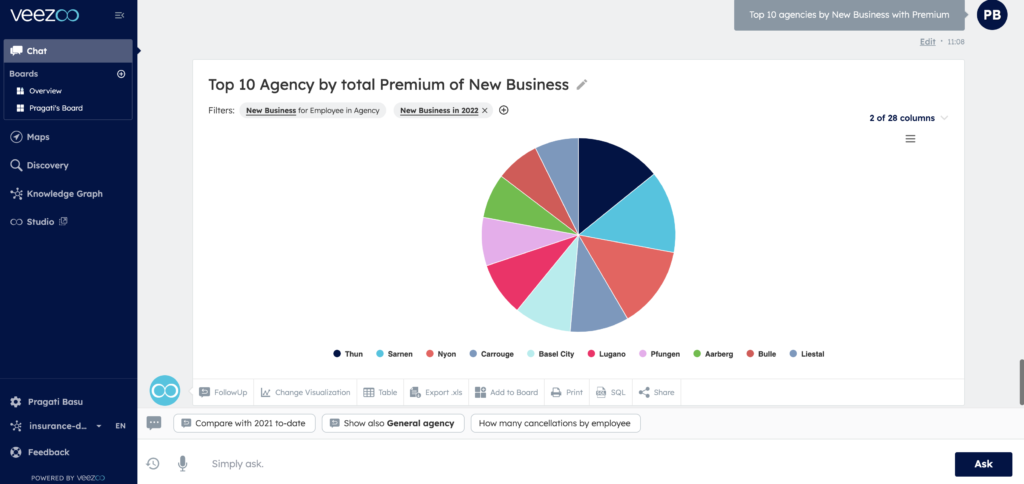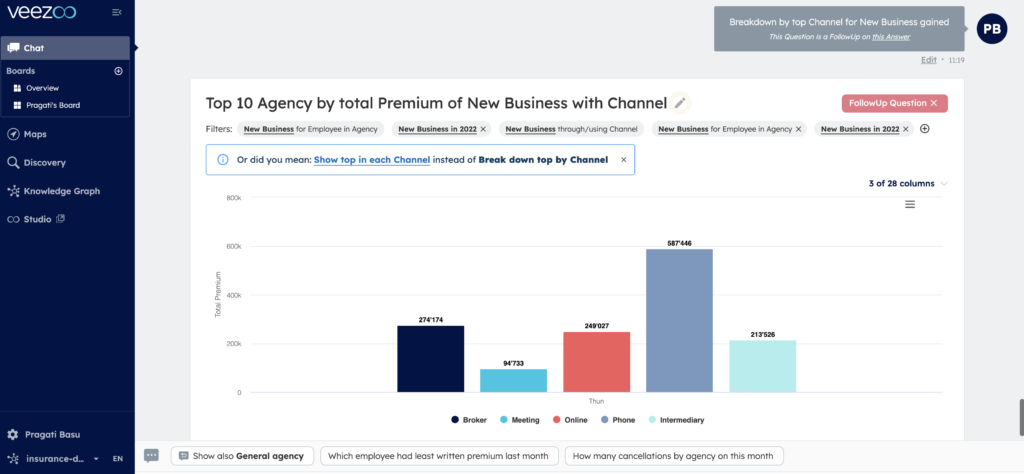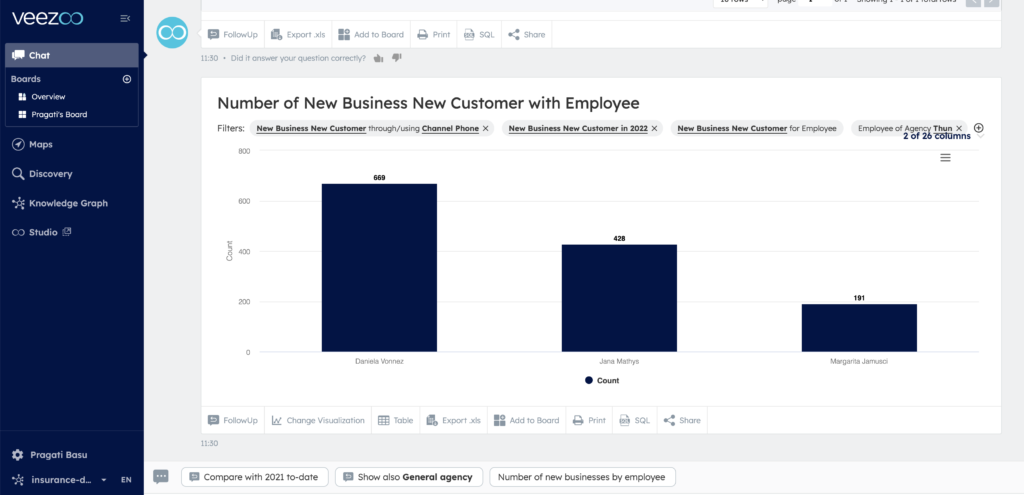Sales Optimization – The What, The Why & The How
How sales optimization can help your team close more accounts in a faster, more efficient manner and how to choose the tools that help you do it.

Sales optimization, combined with relationship building skills can help take your sales team from good to great. That’s not coming just from us at Veezoo, here’s what Dom Cobb had to say about it over a decade ago in Inception.
“The seed that we planted in this man’s mind may change everything.”
—Inception (2010)
While planting a seed in someone’s subconscious mind was central to the movie, Dom had to repeatedly follow up, optimizing and adapting, to see the fruit of his labour come to life. Sounds familiar? That’s a big part of sales optimization for you.
What’s the Big Deal About Sales Optimization ?
So how do we do that in real life? Is it really that important? Sales optimization has come a long way since the early 90s.
In fact there are a whole lot of metrics to track sales progress today. Want to know what they are and why they’re important? We’ve put together a list of sales KPIs for you here.
Going back to the 90s, at that time sales looked very, very different. Before the advent of the internet (and much before GDPR), companies usually employed armies of sales people to sit by their phones and endlessly cold call people throughout their day. The lists of phone numbers they obtained were just that – plain lists. They weren’t targeted or very relevant. If at all there was any information about the prospects, it would be around demographic data or some other basic information – that wasn’t much to go by for the salesperson making the call.
At best, this would often result in funny conversations, and at worst (far more likely scenario), a flurry of expletives and the salesperson being hung up on. Not only was this frustrating for most sales people, this was also extremely expensive for companies. They had to employ large numbers of salespeople and also constantly deal with very high attrition rates – one of the main reasons for which was the nature of the job itself. Needless to say, this was definitely not a very optimized sales process.
We’ve (fortunately) come a long way from there today. Sales people have a lot of information at their fingertips today. Tools like Zoominfo, Hubspot, SalesLoft and more make it a lot easier to target leads first before having a sales conversation with them. Optimized websites and Google make it easy for interested prospects to seek out what they are looking for should they choose to do so. This goes a long way in reducing the friction in those initial calls, but there is a lot more that we can still do today.
So, What Exactly is Sales Optimization?
Sales optimization is the process of enabling your sales team to maximize their performance by enhancing close rates, increasing the size of their pipelines and reaching more prospects. More often than not, it involves studying data over a period of time to make small improvements which pays off in the long run.
Data is a very universal word of course – what data are we talking about? This can be anything from win rates per channel, average number of calls made by each rep, deal size per region and more, depending on your business. Now this can be done in two ways, top down or bottom up. This means that you could either have a (highly stressed) supervisor constantly monitoring these metrics and “coaching” people that are falling behind, or you could have a team of people, that are trained to monitor and understand these KPIs themselves so that they can sort of self-supervise themselves and fine-tune their approach. The second approach is not only better for the mental health of the supervisor, but also for overall team morale.

Picture this : with access to the right data, what if every sales rep were able to understand their strengths and weaknesses better. What if extracting insights from data could become self-service? It would enable them to learn from their past mistakes and each other. Improve communication within the team and remove the need for constant monitoring. Boost confidence and in turn performance. For instance, some sales reps might be using automation which means prospects hear back from them in just a couple of hours. Or some might prefer a more personalized interaction with a phone call. Which of the two leads to a better conversion rate? Having access to the right data would enable them to use the better of the two approaches. Or maybe, someone would notice a pattern or a combination which could lead to the birth of an entirely new sales strategy, the possibilities are endless.
Here’s an example of how this can be achieved with Veezoo. We have a demo dataset of insurance use cases per agency in Switzerland. Here’s a simple demo of how Veezoo enables the sales teams at these agencies to get more information so as to perform their core job better.
1. I asked Veezoo for a quick split of the top 10 agencies in Switzerland in terms of new business, here’s what I got:

As you can see, Veezoo is not case-sensitive ;) .
2. Next, I wanted to find out how this new business was obtained – as in which channels were used. So I checked to see the channel split for new business and I found out that Phone was the most successful channel.

3. Great, so what did I do with this? I wanted to see which agency made the most calls and wanted to see if it is one of the top agencies for new business.

Turns out, it’s Thun and as per the first graph, it was the agency which had the most new business!
4. Then I went on to check which employee brought in the most new business and new customers at Thun, via Phone.

Veezoo not only showed me the top performer, but also the top three and their corresponding number of calls

5. Now a variety of things can be done with this information – Daniela can share best practices with Margerita. Or All three of these employees can coach the top performers in the other top 10 agencies.
The possibilities are endless.
What is important to note here is that it took me a total of 5 minutes (including writing) to get this information.
Here’s another quick video on how to use Veezoo on top of your SalesForce Data.
Sales & Marketing Optimization = Smarketing
We’ve heard the term “Smarketing” thrown around loosely dozens of times – maybe because Silicon Valley finds it cool. Apart from being cool however, Smarketing – a combination of sales and marketing optimization- if done correctly can really help boost the revenue engine for your company.
Smarketing really builds a robust marketing funnel – which is not only top-heavy, but also brings in qualified leads which move progressively down the different stages of the funnel. Marketing hands over the lead to sales when they have been established as prospects ( there are several ways to classify a lead as a prospect – here is a post by Crunchbase and one by Sendoso that talks about some common ways to classify leads as prospects) and sales then converts them into opportunities by pitching to them and finally closes them.
Of course, at every stage there is a percentage that drops off – right from the top to the bottom – sales optimization is about minimizing this drop off percentage in the last 3 stages. Here’s a quick representation of this from Hubspot’s blog.

Regular feedback sessions with marketing also helps undoubtedly because talking to leads that become prospects and subsequent opportunities help the sales team to understand the kind of messaging that resonates most with them and also helps them customize this messaging based on industry.
The marketing team then puts out the relevant messaging that resonates most with the different verticals, thereby attracting possibly fewer, but more relevant leads and making the life of Sales much easier. In an ideal world, this is sales and marketing optimization and if done properly can really help boost revenue and overall collaboration.
Sales Enablement Tools to Achieve Sales Optimization
We’ve established how important sales optimization can be and how it can actually be the tool in your arsenal that can make a big difference. Now let’s cover how we can go about achieving sales optimization and how to choose the best tools for it.
Every company has a different set of needs and criteria and therefore choosing the right tool may not be as straightforward as you might think. Here are just a few criteria that can help narrow down your choices:
1. Level of Training Needed – The average human attention span today is shorter than that of a goldfish… I wish I was kidding. We’re very smart creatures, but given the numbers out there, it probably makes sense to use a tool which is relatively easy to get the hang of and doesn’t require extensive training.
This can also be a very important factor for scalability. A relatively complicated tool would take longer to get the hang of and longer to master, which would make it a lot less scalable. You may pick the best tool out there with a multitude of features, but it would be harder to implement. So, a big deciding factor should be the level of familiarity with tools within your team. Can you think of any tools that are so easy to use that you simply need no training and can just ask questions in plain English? 😝
2. Ease of Use and Integration : A second factor is the ease of use once training has been completed and how easily this fits in with your existing systems. Is the UI user-friendly? Is it simple and intuitive?
Sales folks are usually pressed for time – convincing prospects to become opportunities as well as closing opportunities. A tool that is easy-to-use will not only make their lives easier, it will also ensure that chances of every step being documented properly are much higher. Resulting in a much clearer picture of your sales pipeline.
3. Data and Analytics Capabilities: Ease of use is great, but a sales enablement tool that doesn’t reflect the proper data or provide ways to represent said data is not going to cut it. Just a few of the important functionalities are:
- Being able to track KPIs
- Being able to map duplicate leads/prospects or more leads from the same organization and clubbing them together.
- Being able to help spot areas for upsell
And more, depending on the requirements and specificities of your sales org.
4. Data Visualization – Visualizing the data you’ve collected/monitored and representing it in an easy to understand manner, is one of the most important features of a tool. Data is only as good as the way it is represented. Going back to the attention span analogy – data needs to be easy to understand and to tell a story. If it is convoluted or time consuming, then it’s a given that people probably won’t invest all that much time trying to decipher it. The result being that the tool is not being utilized to its full potential – which could be hard to prove in terms of ROI.
5. Pricing – Last but most definitely not the least, there is the little matter of pricing. While evaluating a tool, even if it fits all the above criteria, but is more expensive than the budget you have allocated for this purchase, you’re probably not going to go ahead with buying it. Pricing is something that probably holds more weightage than any of the other factors.
Ultimately it comes down to this, sales optimization in its most basic form is really the fine tuning of a process, and that requires consistent effort, observation, investment, – both in terms of resources and technology – and time. So even if you have the best sales enablement tools for your team, it would definitely need to be put to good use for any significant changes to occur.
According to Gartner, well informed sales reps – “who leverage information”- increase the ease of purchase by 40% – so sales optimization may be well worth your time.


